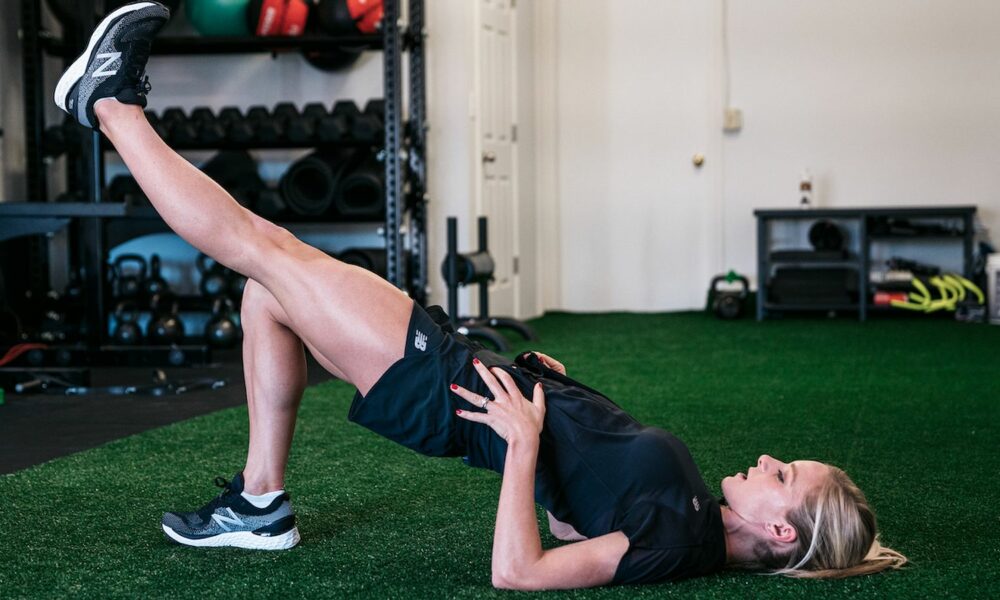You might think of walking as just a lower-body exercise. That’s not necessarily the case, says Carrie Boyle, a walking coach with the Bridgehampton, New York–based virtual walking program 99 Walks and a National Academy of Sports Medicine–certified personal trainer. “We’re activating the entire body when walking.”
Your core, upper back, and shoulders support good posture, while your arms swing or pump at your sides. With each step, your glutes (buttocks) engage, and your calves, ankles, and feet keep you stable, Boyle explains. Those muscles work even harder if you walk uphill or add weight (by wearing a backpack or weighted vest), she adds.
Uphill walking also targets the quadriceps (the muscles in the front of your thighs), glutes, and calves more than walking on level ground does, research finds.
Walking is great exercise, and you can maximize benefits by pairing the activity with strength-based training, says James N. Robinson, MD, a primary sports medicine physician at the Hospital for Special Surgery in New York City. “In general, for good health you need full-body strength training, which will help you function better in day-to-day life,” he says.
In fact, research shows that combining a 10-week walking program with resistance training at home can improve muscle quality and size in older adults and enhance their ability to do everyday activities.
In addition, pairing walking with strength training may be a practical approach to maintaining a healthy weight. A study that included nearly 12,000 healthy adults of all ages found that those who met weekly recommendations for aerobic exercise (150 minutes of moderate-intensity activity, such as walking) and resistance exercise (two full-body sessions) had the lowest risk of developing obesity, compared with those who didn’t meet either exercise marker.
When building a strength routine to complement walking, focus on targeting the muscles most used in your workouts, such as your glutes, quadriceps, hamstrings (the muscles in the back of your thighs), ankles, and feet.
Source: everydayhealth

 Can a Sauna Suit Really Boost Your Workout?
Can a Sauna Suit Really Boost Your Workout? Is Too Much Sitting Bad for Your Health?
Is Too Much Sitting Bad for Your Health? Quick Fixes for Sore Muscles
Quick Fixes for Sore Muscles Best Strength Exercises for Runners
Best Strength Exercises for Runners How to Get Started With HIIT Workouts
How to Get Started With HIIT Workouts How to get Started With Barre Workouts
How to get Started With Barre Workouts Walking Workouts: Health Benefits, how to Get Started
Walking Workouts: Health Benefits, how to Get Started How to Create an Effective Workout Split Schedule
How to Create an Effective Workout Split Schedule Healthy New Year’s Goals You Should know
Healthy New Year’s Goals You Should know Things You Need to Know About Excessive Sweating
Things You Need to Know About Excessive Sweating